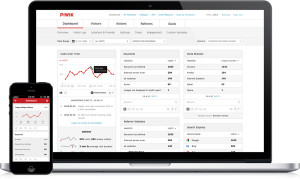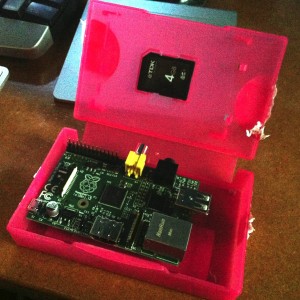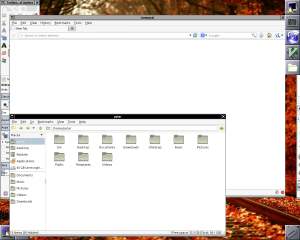Security Enhanced Linux (SELinux) is a pretty powerful technology that adds another layer of access control to a Linux system. It helps significantly limit the ability for an attacker who has partly compromised a system to use their access to jump deeper into the system.
It has been standard in Red Hat Enterprise Linux and its derivatives for quite some time, and is often the cause of many a headache when something doesn’t work because it is being (apparently) silently blocked by SELinux’s security enhancements!
Its potential to cause breakage, especially when third-party bits and pieces are brought into the mix, means the advice from well-meaning individuals is often a cry of “just turn off SELinux!”, rendering a system without that extra layer of protection.
I will not pretend that my recent dealings with SELinux in CentOS 7 have been free of frustration, but a few simple tools have made it a surprisingly simple affair to get something up and running again if a particular behaviour (always of something a bit third-party in my experience!) is being erroneously blocked.
I think a big part of what makes SELinux get switched off in frustration is the perception that it is breaking things silently, and the psychological impact of its verbose ‘scariness’ when you do find those logs!
audit2why
As long as you remember that SELinux can be the cause of potential unexplained weirdness, your first port of call can be audit2why:
audit2why -a
What is particularly nice about this tool is how quickly you get (semi-)human readable output, detailing which rules an application is breaking. If you do hit one of these ‘weird problems’, a quick trip to this tool usually makes it clear that SELinux is the cause of the failure!
audit2allow
I was surprised by how relatively quick it was to identify an issue with audit2why and make a custom module with audit2allow to get an application working again.
There are a good set of instructions in the Red Hat manual.
It sounds like a big deal, but the tools have made it almost completely automated — it really isn’t necessary to have a deep understanding of SELinux’s internal workings.
setsebool
Finally, there are some flags that are disabled by default for SELinux protected applications that you might need. Again, audit2why will often make it clear what you need to toggle using this tool!
For example, a web server process that does legitimately send out emails might need the appropriate flag switched on. Without it, the web server doesn’t get the right to talk to sendmail.
Give SELinux Another Chance!
I suppose my point in this rambling is this: give SELinux a chance if you have given up on it in the past. If you have the time to set up your system properly (and you should!), taking a little extra to figure out how to grant only the permissions really needed does make a material difference to your security should one application be compromised. An attacker being able to get their foot in the door needs to be assumed to be possible, so making their life a lot harder at that point is worth making your life slightly harder on the odd occasion.
With a little patience and the use of the tools I have talked about, I think it is a lot easier to work with than it might seem at first glance, or when it first arrived in RHEL many moons ago!





